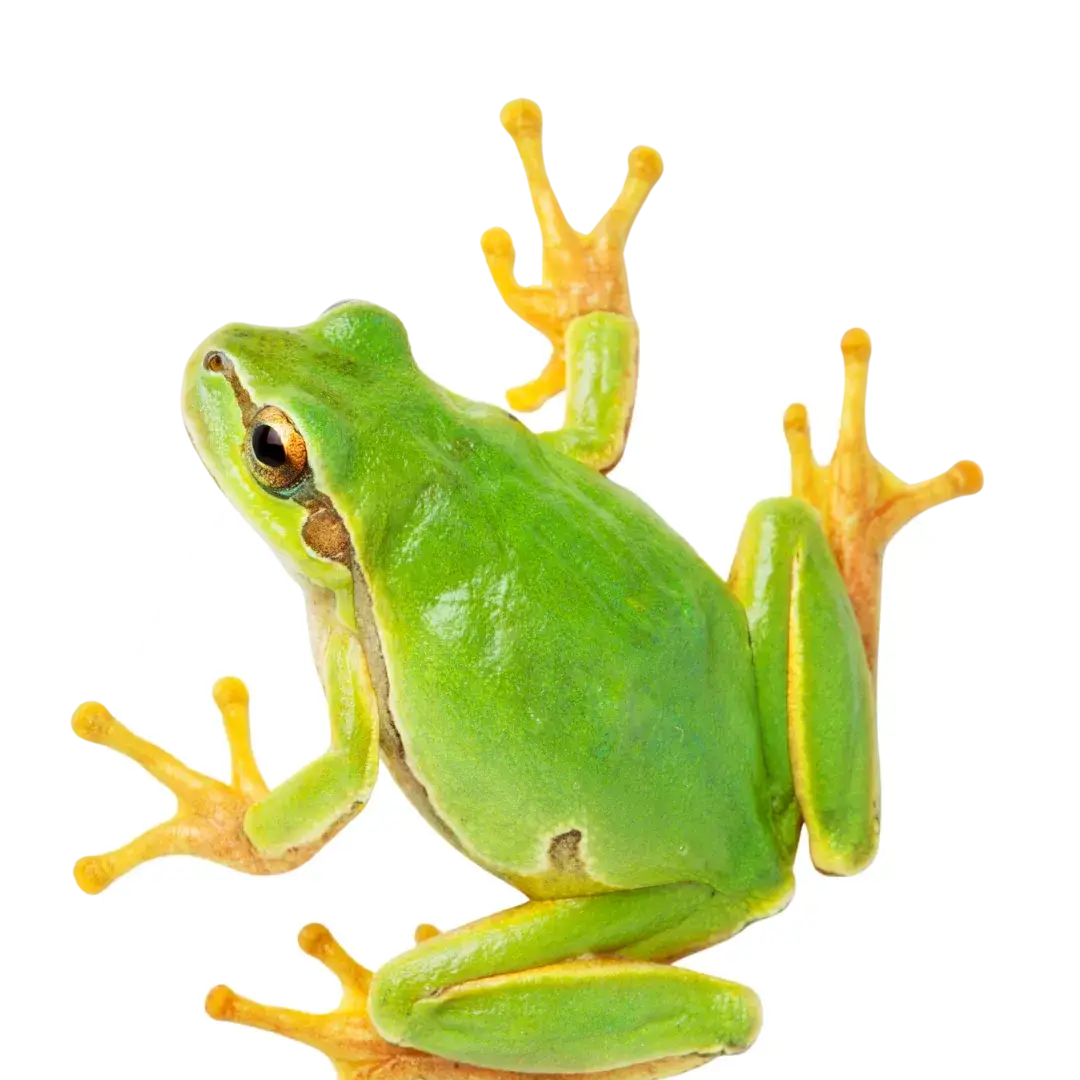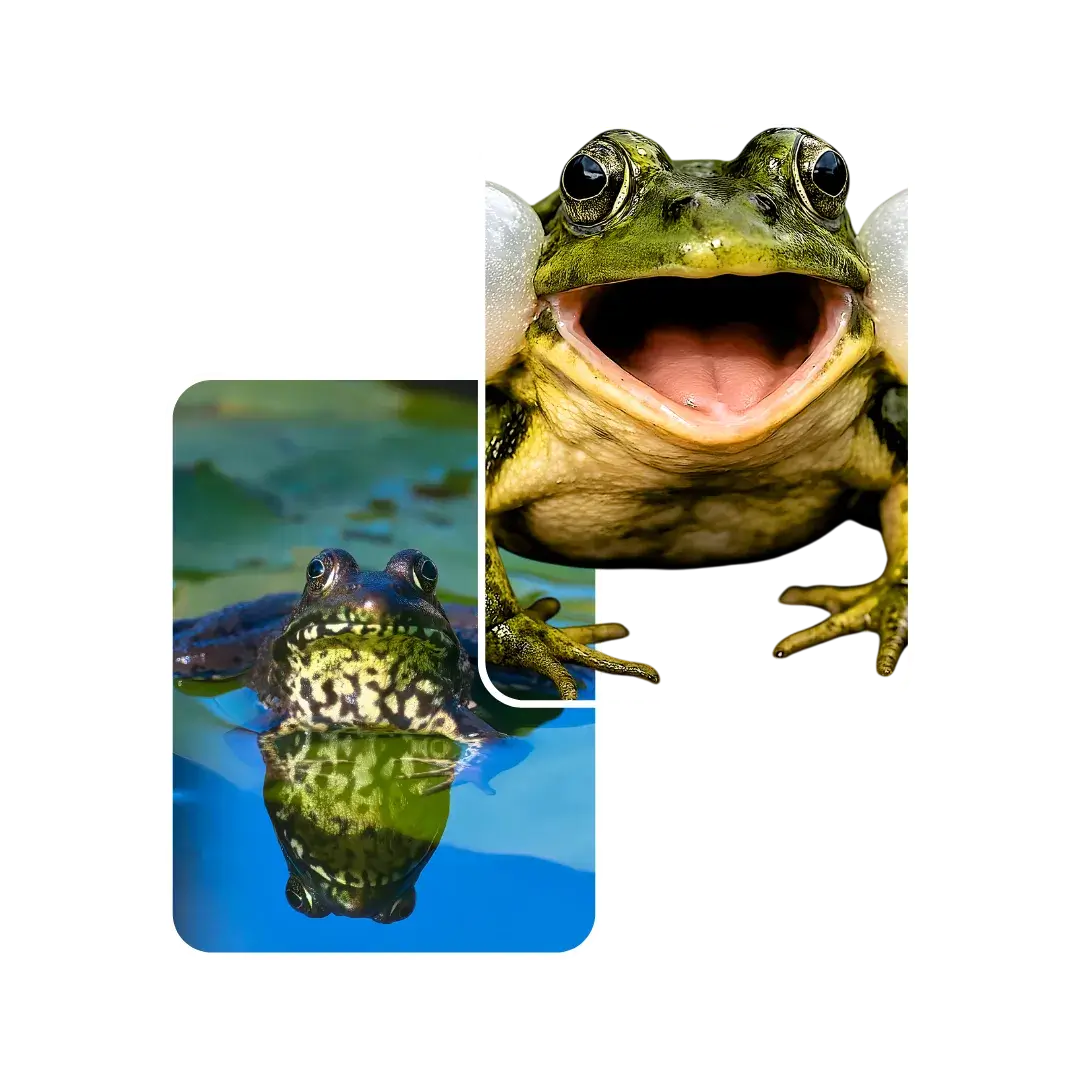

Immediate action saves its life. Respiratory distress signals severe infection (like pneumonia). Because frogs rely on skin and lungs for oxygen, a breathing struggle means the system is failing, demanding immediate intensive care and diagnostics.
Precision diagnostics guide effective treatment. We use specialized X-rays to check for fluid in the lungs (confirming pneumonia) and microscopic cytology to identify the specific bacteria or fungus, ensuring the correct, long-course antibiotic is chosen.
Correcting temperature is the fastest way to save it. Yes. Cold temperatures paralyze the frog's immune system, allowing opportunistic bacteria to thrive. Our service includes an immediate husbandry audit to fix the temperature failure and support the immune response.
Understanding flotation issues saves their life. Abnormal buoyancy signals that the fluid or gas is compromising the delicate lung function. We use X-rays and oxygen therapy to assess and treat the respiratory distress and stabilize its buoyancy.
Access to critical life support. We provide specialized oxygen therapy and use nebulization to deliver liquid antibiotics directly to the lungs. This intensive respiratory support is vital for survival.
Your pet deserves expert care – Subscribe now for trusted tips and updates from our pet experts.
